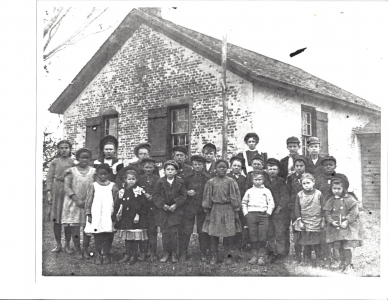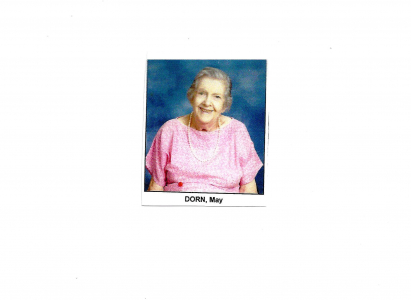Remember Clay - Solomon Kittle - Clay Civil War VeteranPosted on September 6, 2017 |
REMEMBERING CLAY
Solomon Kittle – Clay Civil War Veteran
Although not a famous hero, Solomon’s life and death show why many soldiers should be called heros who fought and died in that bloody Civil War. He was born in 1828 to James and Cornelia Kittle in Morgan Settlement, a small farm hamlet on the corner of Welzel and Morgan Roads. His father donated a portion of his farm on the west side of Morgan Road to the Methodist Society for a church building to be called Morgan Meeting House. It still stands today as the oldest structure in Clay used for its original purpose. His was a typical farmer’s life on a farm but in his 20’s he became a boatman on the Erie Canal system. When the Civil War began in 1861, like many other Union men, he did not enlist immediately. However, with the heavy losses by the summer of 1862, there was an urgent call for fresh recruits. Solomon enlisted in the 2nd New York Heavy Artillery Regiment, which was formed to man the big fortifications around Washington , DC. They were sharply dressed in uniforms, were rarely under threat from the enemy, and often received visits from Washington VIP’s anxious to see troops performing drills. The front-line soldiers called them “bandbox” soldiers or performing monkeys who never saw real war. Solomon was a teamster (wagon driver) from 1863-1864, so he would probably never see war. That changed in the summer of 1864. After heavy losses at the Battle of the Wilderness, the Union Army under General Ulysses S. Grant needed men and fast. Since the Heavy Artillery Regiments were close and relatively idle, Grant ordered them to join the Army of the Potomac who were fighting a vicious battle against General Robert E. Lee’s Confederates at Spotsylvania Court House, Virginia. Immediately these untested soldiers were thrown into some of the most vicious fighting of the war. First they fought at Spotsylvania repelling a Confederate assault at Harris Farm, followed by bloody fights at North Anna and Totopomoy Creek and then the futile Union assaults at Cold Harbor. These battles saw an increased use of brutal trench warfare, resulting in high casualties and deplorable living conditions for the soldiers. At sometime in this series of battles, Solomon, the former teamster turned infantryman, was captured by the Confederates. The official date listed in the muster rolls is May 28, 1864, but this is suspect because his regiment isn’t recorder as having been in any battles on this date. Thus, he was probably captured a few days before at the Battle of North Anna (May 23, 1864) or after during the Battle of Totopomoy (May 29-31). Solomon soon found himself headed deep into Confederate territory to the infamous prisoner of war camp near Andersonville, Georgia, called Camp Sumter by the Confederates. The camp was at its worst in the summer of 1864. It was overcrowded with 32,000 prisoners crammed into a small stockade ravine where prisoners had to create their own shelters, gather their own water from a creek filled with raw sewage from the camp or a small “Providence Spring” that sprang up when it rained; they were underfed as there was not enough food even for the Confederate soldiers. 13,000 prisoners died from disease and malnutrition. They weren’t granted the dignity of an individual grave – instead were buried with other prisoners in trenches three feet wide and 100 to 300 feet long. Fortunately, surviving prisoners kept records of who was buried where. After the war, Andersonville National Cemetery was created at the site and each soldier who died at the camp was given a small marble stone.* Conditions proved too much for Solomon Kittle and he died on October 29, 1864 of scorbutus (scurvy), a lack of vitamin C caused by malnutrition. Back in Clay, Solomon’s family mourned his loss. He had no known spouse or children to carry on his name. Because his remains were buried in a field in Georgia, almost 1,000 miles away, his family wanted something closer to home to memorialize their son and brother. Near the front of the old part of Morgan Cemetery on one side of his parent’s gravestone a short epitaph to Solomon is inscribed. It is very clear to this day. *My visit to Andersonville when I was 20 years old. NOTE: Thank you to Zachary Peelman, MSEd, for his research especially in the Muster rolls of the Civil War.
Dorothy Heller, Historian
Other
Remember Clay Stories

Former Slave, Frank Brown, comes to Clay
Remembering Clay | Aug 1, 2012
A couple of weeks ago, I was fortunate to receive a booklet on the Reminisces of Joseph H.
Morgan Rd. Church
Remembering Clay | Jul 14, 2016
REMEMBERING CLAY
Morgan Road Church Has a Fresh Look

